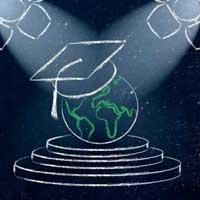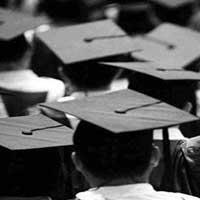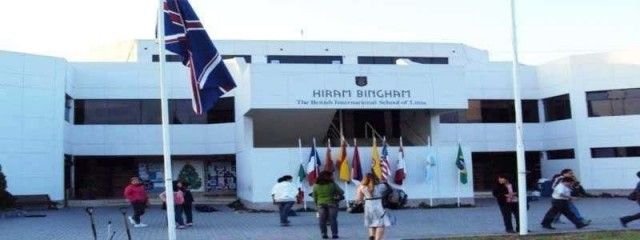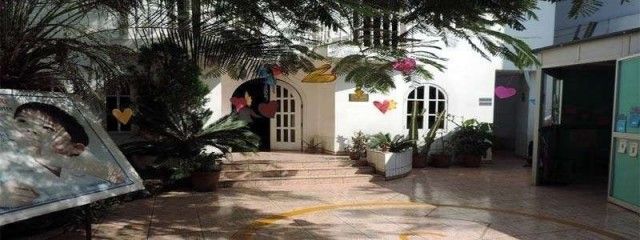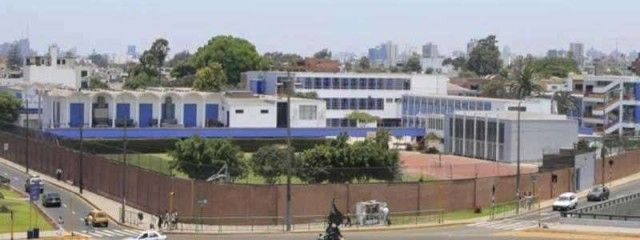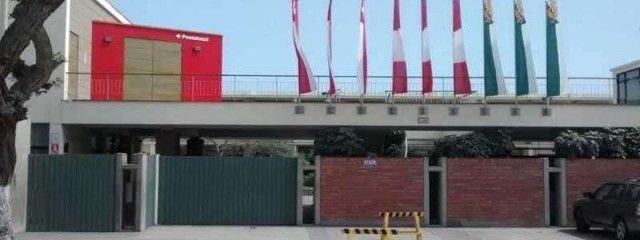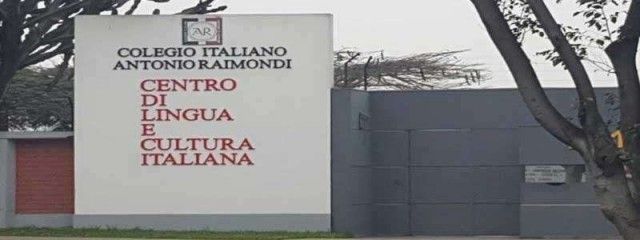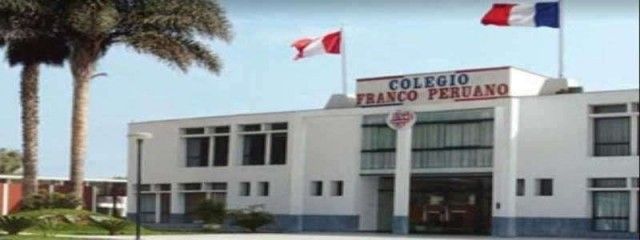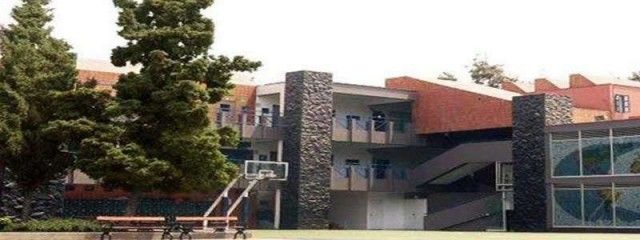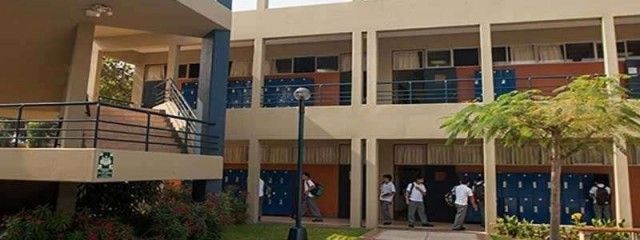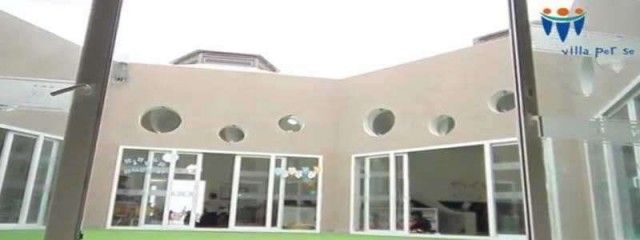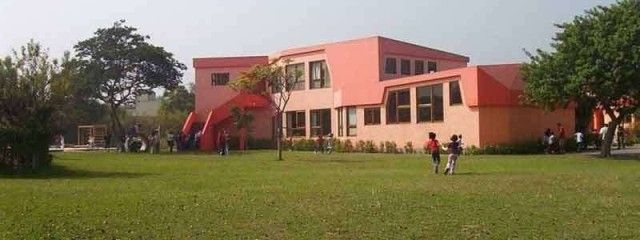- Peru Guide
- Peruvian Visa Types
- Public Holidays & Festivals
- Peru Info
- Culture & Entertainment
- Legal Stuff
- Customs Regulations & Info
- How many days did I get?
- Tourist Visa extension in Peru
- Peruvian Overstay Fine
- International Document for Antecedentes Peru
- Paying Administration Charges
- Permit to Sign Contracts
- Interpol - Ficha de Canje
- Travel Permit
- Subsanacion - Submitting documents
- Extending a Migraciones deadline
- Residence visa extension
- Renewal Carné de Extranjería
- Update Migraciones information
- Carné replacement
- Marrying in Peru
- Driver's License in Peru
- Police Clearance Certificate Peru
- Travel Authorization for Minors
- Finding a Job in Peru
- Domestic Workers in Peru
- Labor Regulations Peru
- Air Passenger Rights
- Safety, Security & Travel Advice
- Shopping in Peru
- Stay Connected
- Business Guide
- Earthquakes
- Emergencies & Help
- History of Peru
- Education, Teaching & Schooling
- Glossary of Terms
- Lima Guide
- Travel & Sights
- Food
- Money
- Events
- Opinion
- Media
- Peru Guide
- Peruvian Visa Types
- Public Holidays & Festivals
- Peru Info
- Culture & Entertainment
- Legal Stuff
- Customs Regulations & Info
- How many days did I get?
- Tourist Visa extension in Peru
- Peruvian Overstay Fine
- International Document for Antecedentes Peru
- Paying Administration Charges
- Permit to Sign Contracts
- Interpol - Ficha de Canje
- Travel Permit
- Subsanacion - Submitting documents
- Extending a Migraciones deadline
- Residence visa extension
- Renewal Carné de Extranjería
- Update Migraciones information
- Carné replacement
- Marrying in Peru
- Driver's License in Peru
- Police Clearance Certificate Peru
- Travel Authorization for Minors
- Finding a Job in Peru
- Domestic Workers in Peru
- Labor Regulations Peru
- Air Passenger Rights
- Safety, Security & Travel Advice
- Shopping in Peru
- Stay Connected
- Business Guide
- Earthquakes
- Emergencies & Help
- History of Peru
- Education, Teaching & Schooling
- Glossary of Terms
- Lima Guide
- Travel & Sights
- Food
- Starter & Appetizer
- Sandwiches
- Soups
- Main Courses
- Salsas, Sauces & Dips
- Desserts
- Snacks
- Drinks & Beverages
- Peruvian Cheese
- Fruits
- Vegetables
- Aji - Chili Peppers
- Grains, Coffee, Beans & Nuts
- Common Herbs
- Other Ingredients
- Money
- Peru Guide
- Peruvian Visa Types
- Public Holidays & Festivals
- Peru Info
- Culture & Entertainment
- Legal Stuff
- Customs Regulations & Info
- How many days did I get?
- Tourist Visa extension in Peru
- Peruvian Overstay Fine
- International Document for Antecedentes Peru
- Paying Administration Charges
- Permit to Sign Contracts
- Interpol - Ficha de Canje
- Travel Permit
- Subsanacion - Submitting documents
- Extending a Migraciones deadline
- Residence visa extension
- Renewal Carné de Extranjería
- Update Migraciones information
- Carné replacement
- Marrying in Peru
- Driver's License in Peru
- Police Clearance Certificate Peru
- Travel Authorization for Minors
- Finding a Job in Peru
- Domestic Workers in Peru
- Labor Regulations Peru
- Air Passenger Rights
- Safety, Security & Travel Advice
- Shopping in Peru
- Stay Connected
- Business Guide
- Earthquakes
- Emergencies & Help
- History of Peru
- Education, Teaching & Schooling
- Glossary of Terms
- Lima Guide
- Travel & Sights
- Food
- Starter & Appetizer
- Sandwiches
- Soups
- Main Courses
- Salsas, Sauces & Dips
- Desserts
- Snacks
- Drinks & Beverages
- Peruvian Cheese
- Fruits
- Vegetables
- Aji - Chili Peppers
- Grains, Coffee, Beans & Nuts
- Common Herbs
- Other Ingredients
- Money
- Peru Guide
- Education, Teaching & Schooling in Peru
Education, Teaching & Schooling
After periods of mass inflation and political insurrection through the 1980s and 1990s, Peru has blossomed economically over the last few years and has become a major tourist destination. In the educational realm, this is reflected by an ever-increasing number of overseas students coming to the country to study for short- and long-term programs. The country still faces challenges in offering equal educational opportunities to all its citizens.
While public education is free, private schools operate at all levels of the education system. Schools in both the public and private sectors follow the national curriculum, set federally and overseen by local education authorities, as mandated in a 2008 ministerial decree.
The academic school year is entirely contained with one calendar year, running from the beginning of March through to November/December. The reason for this is that Peru sits in the southern hemisphere, so autumn there begins in March and the summer holidays are taken from the end of December to February. There is also a winter holiday in July, although the exact timing varies by region.
The language of instruction is Spanish. However, in some regional primary schools, a local language such as Aymará or Quechua is the language of instruction with Spanish offered as a second language.
Hiram Bingham
International Schools in PeruHiram Bingham is a British International School influenced by Peru’s national curriculum.British International School in LimaBritish First School
International Schools in PeruBritish First School is a small select British International School in Lima with a policy of total immersion in the English language. Class sizes are small and the school provides the highest quali...British International School in LimaColegio Peruano Aleman Alexander von Humboldt
International Schools in PeruThe Alexander von Humboldt School is an official German school abroad (Deutsche Auslandsschule) in Lima open to all nationalities. The school follows the German and Peruvian curriculum offering all...German School in LimaColegio Pestalozzi
International Schools in PeruColegio Pestalozzi is a Swiss International School aiming at being an “encounter” school (Begegnungsschule) where the Swiss and Peruvian culture intermingle.Swiss School in LimaColegio Italiano Antonio Raimondi
International Schools in PeruThe Colegio Antonio Raimondi is the Italian school in Lima. The aim is that students live in and share a multicultural environment and accept diversity in other people as enrichment.Italian School in LimaColegio Franco Peruano
International Schools in PeruThe Lycée Franco-Péruvien is a French international school in Lima. The school follows the French and the Peruvian curriculum.French School in LimaCasuarinas College
International Schools in PeruCasuarinas International College is an international school following the International Baccalaureate (IB) education program.International School in LimaColegio Alpamayo / Colegio Salcantay
International Schools in PeruThe education at the boys-only Colegio Alpamayo and affiliated girls-only Colegio Salcantay is based on the International Baccalaureate (IB) program and inspired by the teachings of Saint Josemaría...Christian boys and girls School in LimaVilla Per Se
International Schools in PeruVilla Per Se is an educational institution whose pedagogy is based on promoting values and principles for the formation of free, happy, safe and sensitive beings, capable of expressing their emotio...Alternative School in LimaColegio Waldorf
International Schools in PeruThe Colegio Waldorf Lima is the oldest Waldorf School in Peru educating the children based on the pedagogical philosophy of Rudolf Steiner which emphasizes the role of imagination in learning and a...Waldorf School in LimaPeru Newsflash
New lizard species discovered in Peru
There is still so much new to find out about and see in Peru. Just recently Peruvian scientists discovered a…Peru has the second-worst drivers in the world
For those living and driving in Peru it comes to no surprise. A recent study by Compare the Market, an…Machu Picchu reopens for the first time after the social outbreak
The Ministry of Culture of Peru decided to re-open Machu Picchu after it was closed on January 21 because of…Peru extends the state of emergency in 44 districts
The Peruvian government extended the “state of emergency” in 44 districts of the central departments of…
Peru Event Calendar
Upcoming Events in Peru
18Apr20Apr01May03MayMore in the Peru Event & Entertainment Calendar
Latest Content...
- Tourist Attractions & Sights in Peru
Machu Picchu
- International Schools in Peru
International Christian School of Lima - ICS Lima
- Peruvian Visa Types
Peruvian Digital Nomad Visa
- Laws, Norms, Legal Codes & Decrees
Legislative Decree No. 1582 (Modification of the Peruvian Foreigner Law, Nov 2023)
- Peruvian Cheese
Queso Rojo de Lluta
- Peruvian Cheese
Peruvian Queso Andino
- Peruvian Cheese
Peruvian Quesillo
- Peruvian Cheese
Peruvian Queso Mantecoso
- Peruvian Cheese
Peruvian Queso Paria
- Peruvian Cheese
Peruvian Queso Fresco
- Legal Stuff
Extension of a Migraciones deadline
- Legal Stuff
Subsanacion - Submitting documents
- Legal Stuff
Amnesty for Migraciones fines
- Legal Stuff
Replacement for a lost, stolen or damaged carné
Latest Video
Long Reads...
- Peruvian Archaeology
The Mystery of the Nazca Lines in Peru
In the 1920s, when people first flew across southern Peru, they made an astonishing discovery. Stretching below them,… - Peruvian Personalities & Founders
Francisco Pizarro González (1474-1541)
Francisco Pizarro, a peasant from Spain, was one of the least well-equipped conquerors in history. However, in the name… - Peruvian Archaeology
The colorful Fabrics and Textiles of Peru
Europe’s first knowledge of Peruvian textiles was acquired following the Spanish invasion of Peru in 1532, when the… - Peruvian Legends, Myths & Tales
The Jeweled Frog and the Condor
By a quiet pond, at the side of a cloud-topped mountain in Peru, lived a small green frog and his large green family.… - Peru Info
Peruvian Economy
The Peruvian economy is an emerging, social market economy highly dependent on foreign trade and classified as an upper…
Contact us | Editorial Ethics | Support | T&C | Copyright | Privacy | Discussions & Submissions | Cookies Policy | GDPR | CCPA | DMCA


